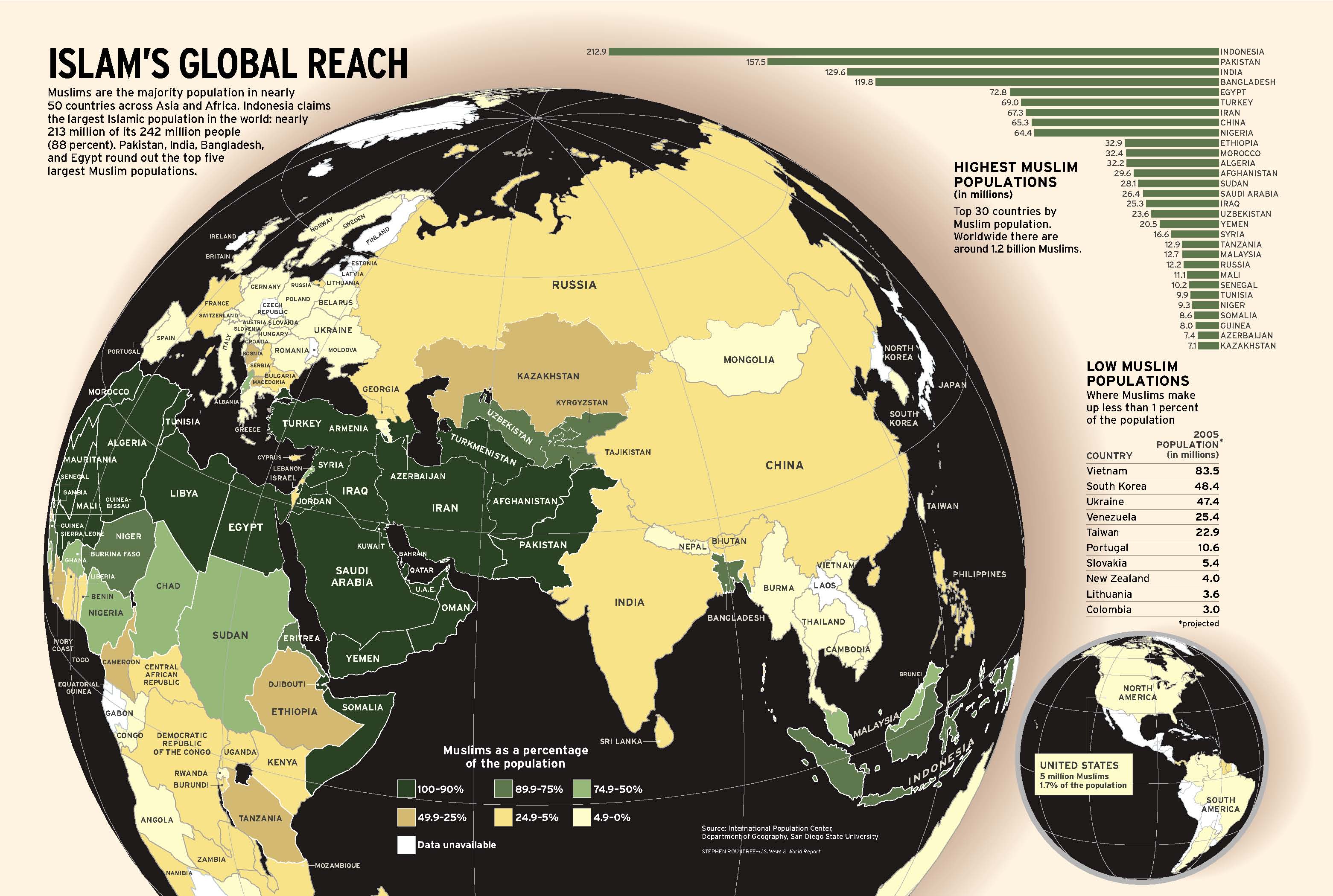ESTIMATING THE SIZE AND DISTRIBUTION OF THE MUSLIM POPULATION OF THE UNITED STATES
ABOUT:
Although the number of Muslims in the United States is now large and growing, it is difficult to know how large and at what rate the population is increasing, since there are no official statistics on religious identification. Published estimates of the Muslim population in the United States produced a mean figure of slightly less than 5 million as of the mid-1990s, but the bases of the estimates varied widely in terms of the data used and the assumptions made. In this research we have defined the Muslim population largely in ethnic terms, using data from Census 2000 and the 1990 Census on ancestry, language and place of birth to estimate the Muslim population that is largely of non-US origin (although including children of immigrants). Most estimates of the Muslim population vary especially on the number of African-Americans who are Muslim. We have used a range of surveys that provide data crosstabulating race and religion in order to generate low, medium, and high estimates of the percentage of the Muslim population in the U.S. that is African-American.

Distribution of Islamic population(bigger map)
This project builds on a pilot project done in the 1990s in San Diego County, which was funded by a grant from Dar al Islam, a private foundation in New Mexico. In turn, that project was inspired by the following publication: John R. Weeks, "The Demography of Islamic Nations," Population Bulletin Population Reference Bureau), 43(4), December, 1988.
Project team
PI-John R. Weeks
Co-PI-Saad Gadalla
Graduate Student Researchers:
Jennifer Paluch and Thomas Hauger.
Publications:
John R. Weeks, Estimating the Muslim Population in the United States Using Census 2000 Data. Espaces-Populations-Sociétés, 2003-1:89-101, 2003.
Read more at: our publications.
Note: documents in Portable Document Format (PDF) require Adobe Acrobat Reader 5.0 or higher to view, download Adobe Acrobat Reader.

